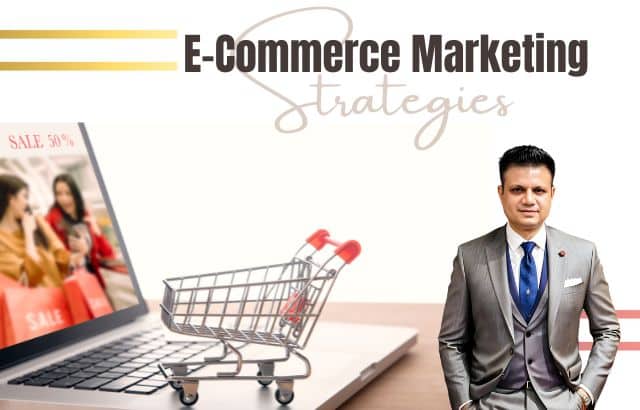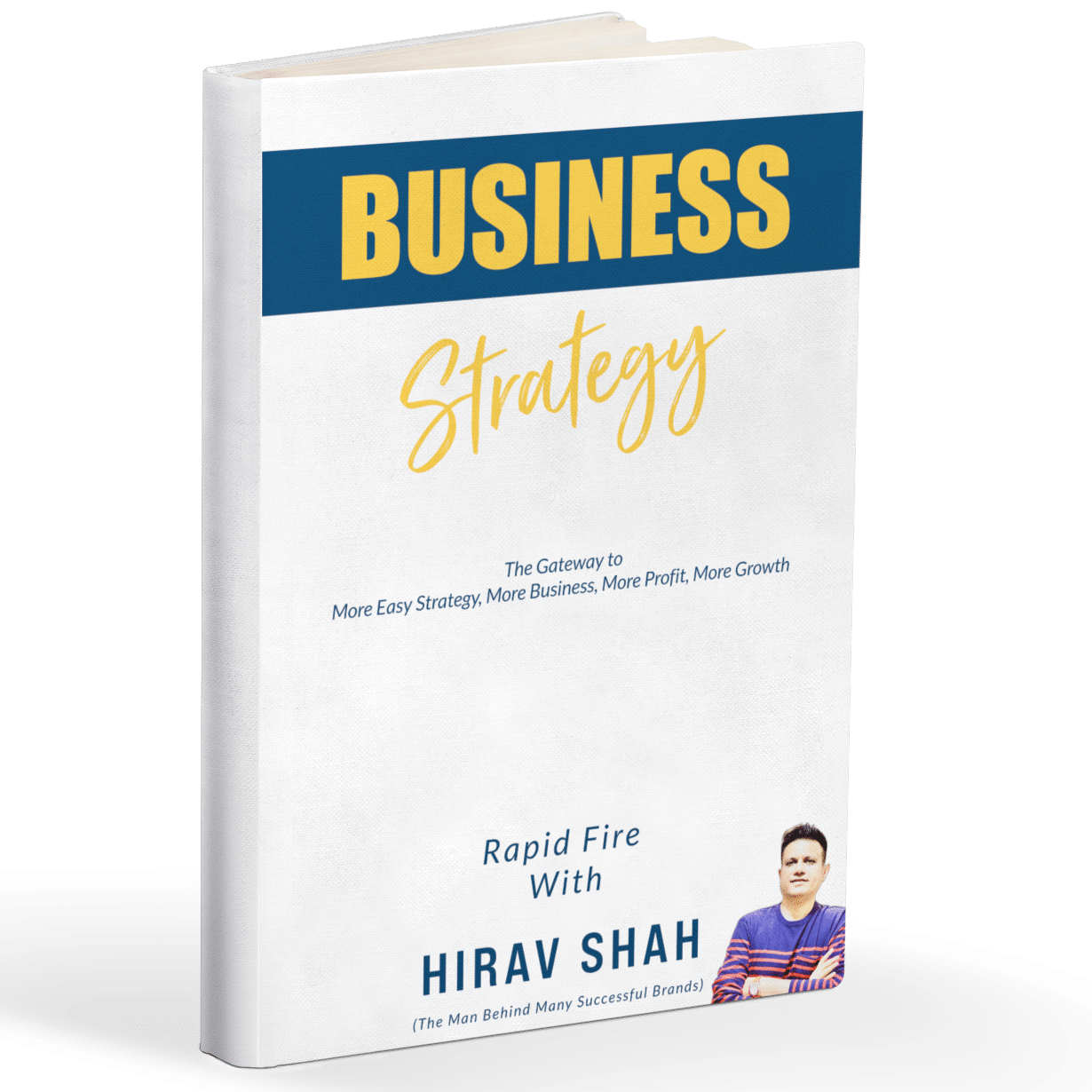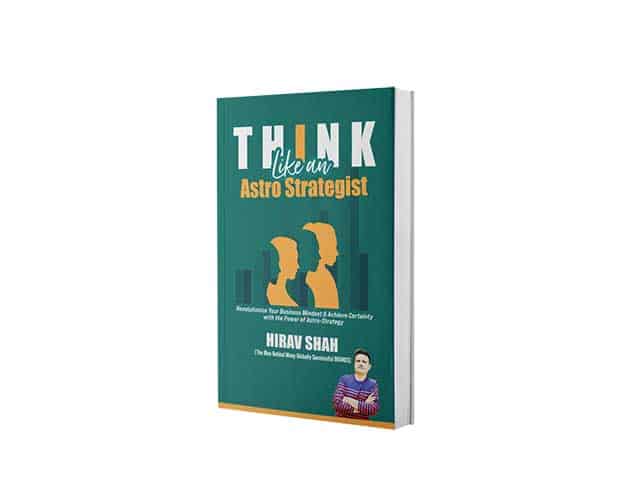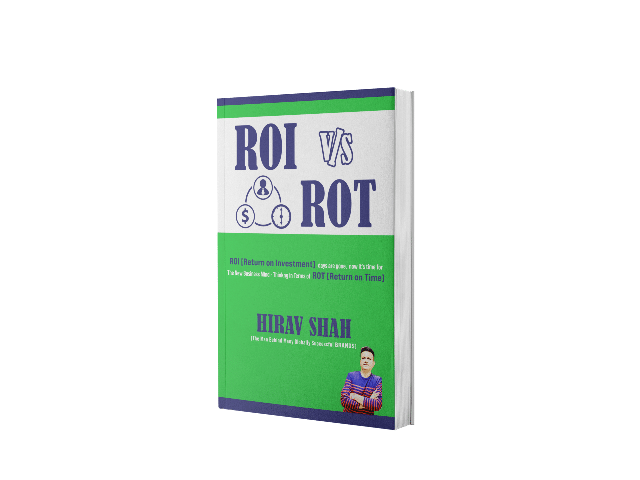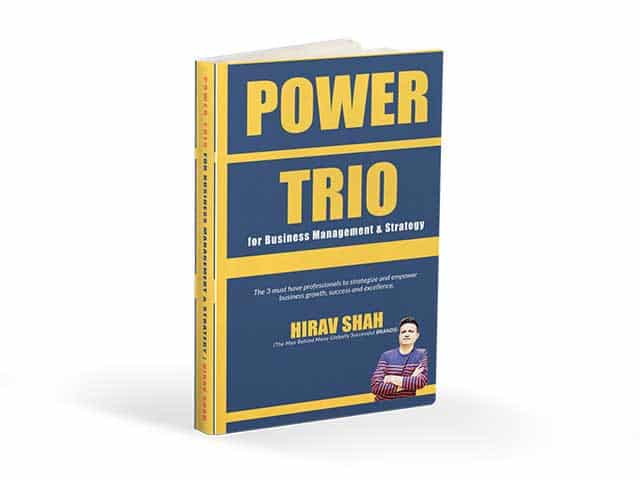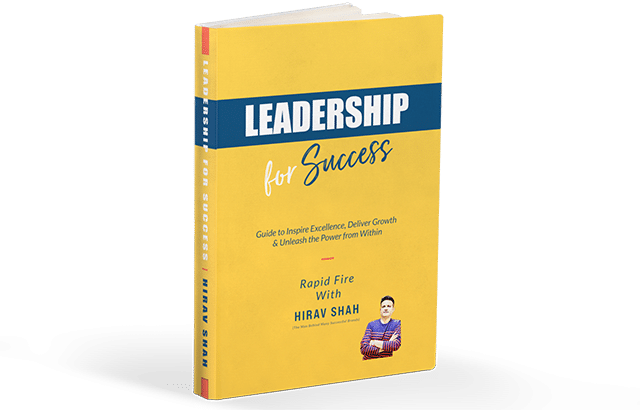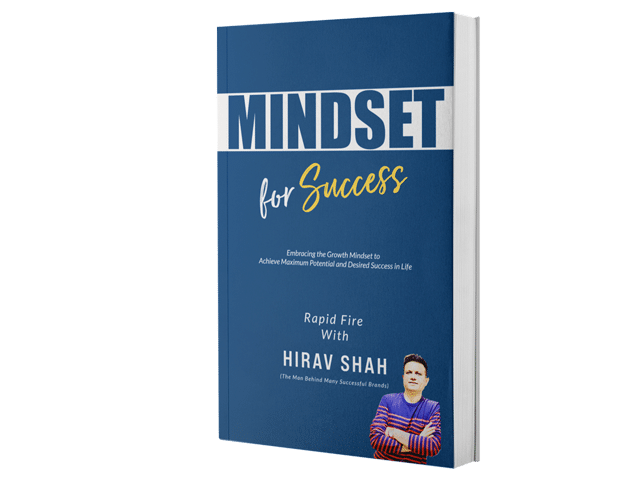In the fast-paced world of e-commerce, standing out requires more than just a great product—it demands a well-crafted marketing strategy. A business strategist plays a pivotal role in designing, executing, and optimizing these strategies to drive traffic, boost conversions, and build brand loyalty. This article explores 10 effective e-commerce marketing strategies, highlights the strategist’s role, and includes practical examples, calculations, and an FAQ section to guide business owners.
Table of Contents
What Does a Business Strategist Do in E-Commerce?
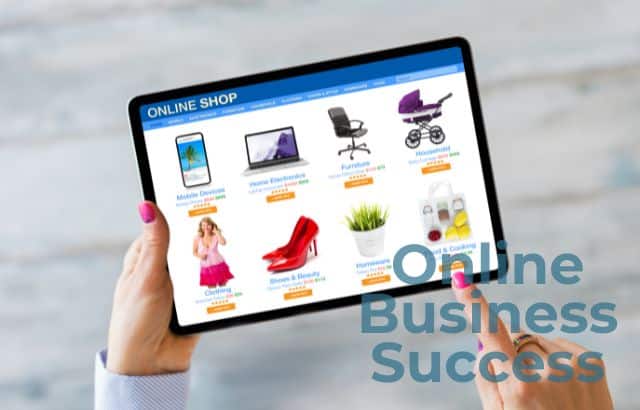
A business strategist is the architect of a company’s growth plan. They analyze market trends, customer behavior, and competitive landscapes to develop actionable strategies that align with business goals. In e-commerce, their role includes:
- Market Analysis: Identifying target audiences and market gaps.
- Strategy Development: Creating data-driven marketing plans to increase sales and brand visibility.
- Performance Tracking: Measuring ROI, customer acquisition costs (CAC), and other KPIs.
- Optimization: Adjusting campaigns based on analytics to maximize efficiency.
Think of a strategist as the captain of a ship, navigating through competitive waters while ensuring every marketing dollar delivers value.
10 Effective E-Commerce Marketing Strategies

Here are 10 proven strategies, with insights into how a business strategist implements them and real-world examples.
1. Optimize Your Website for SEO
Why It Works: Search engine optimization (SEO) drives organic traffic, with 53% of website traffic coming from organic searches.
Strategist’s Role: Conduct keyword research, optimize product pages, and improve site speed.
Example: A strategist for an online clothing store might target keywords like “sustainable women’s dresses” and ensure meta descriptions include phrases like “free shipping” to boost click-through rates.
Calculation: If SEO drives 1,000 monthly visitors and 2% convert at $50 per order, that’s $1,000 in revenue ($50 × 20 conversions).
2. Leverage Email Marketing
Why It Works: Email campaigns have an average ROI of $42 for every $1 spent.
Strategist’s Role: Segment audiences, design personalized campaigns, and A/B test subject lines.
Example: A strategist for a skincare brand might send abandoned cart emails with a 10% discount, recovering 15% of lost sales.
Calculation: If 500 carts are abandoned monthly ($100 average value) and 15% are recovered, that’s $7,500 in reclaimed revenue ($100 × 75).
3. Run Paid Social Media Ads
Why It Works: Platforms like Instagram and Facebook allow precise targeting, with 80% of users discovering new products via ads.
Strategist’s Role: Set budgets, target demographics, and analyze ad performance.
Example: A strategist for a gadget store might run a $1,000 Instagram ad campaign targeting tech enthusiasts, yielding a 5x ROAS (return on ad spend).
Calculation: $1,000 ad spend × 5 ROAS = $5,000 in revenue.
4. Implement Content Marketing
Why It Works: Blogs, videos, and guides build trust and drive traffic, with 70% of consumers preferring content over ads.
Strategist’s Role: Develop a content calendar and align topics with customer pain points.
Example: A pet supply store’s strategist might create a blog series on “How to Train Your Puppy,” linking to relevant products.
5. Offer Discounts and Promotions
Why It Works: Limited-time offers create urgency, boosting conversions by 20–30%.
Strategist’s Role: Balance discounts to maintain profitability and target high-margin products.
Example: A strategist for a furniture store might offer “20% off sofas this weekend only,” driving a 25% sales spike.
Calculation: If 100 sofas ($500 each) sell with a 20% discount, revenue is $40,000 ($500 × 0.8 × 100).
6. Use Influencer Marketing
Why It Works: Influencers build trust, with 49% of consumers relying on influencer recommendations.
Strategist’s Role: Identify influencers aligned with the brand and negotiate contracts.
Example: A strategist for a fitness apparel brand might partner with a micro-influencer (10k followers) for $500, driving 50 sales at $60 each.
Calculation: $3,000 revenue ($60 × 50) – $500 cost = $2,500 profit.
7. Enhance Customer Reviews and UGC
Why It Works: 79% of consumers trust reviews as much as personal recommendations.
Strategist’s Role: Encourage reviews and showcase user-generated content (UGC) on product pages.
Example: A strategist for a cosmetics brand might incentivize reviews with a 5% discount, increasing conversions by 10%.
8. Personalize the Shopping Experience
Why It Works: Personalized recommendations can increase sales by 10–30%.
Strategist’s Role: Implement AI tools to suggest products based on browsing history.
Example: A strategist for a bookshop might use a tool like Dynamic Yield to recommend thrillers to mystery fans, lifting average order value by 15%.
9. Launch a Loyalty Program
Why It Works: Loyal customers spend 67% more than new ones.
Strategist’s Role: Design a points-based system and promote it via email and social media.
Example: A coffee brand’s strategist might offer “10 points per $1 spent, redeemable at 500 points for a free bag,” increasing repeat purchases.
10. Optimize for Mobile
Why It Works: 60% of e-commerce traffic comes from mobile devices.
Strategist’s Role: Ensure the site is mobile-friendly with fast load times and easy navigation.
Example: A strategist for a jewelry store might reduce checkout steps on mobile, cutting cart abandonment by 20%.
Calculation: If 1,000 mobile visitors abandon $100 carts and 20% are recovered, that’s $2,000 saved ($100 × 20).
The Strategist’s Impact: A Case Study
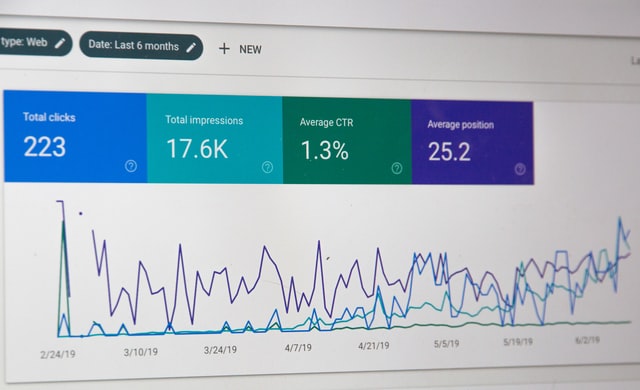
Consider “EcoWear,” an e-commerce store selling sustainable clothing. Their business strategist implemented:
- SEO: Targeted “eco-friendly activewear,” driving 2,000 monthly visitors.
- Email Marketing: Recovered 10% of abandoned carts, adding $5,000 monthly revenue.
- Influencer Campaign: Partnered with a green-living influencer, generating $10,000 in sales.
Result: Within six months, EcoWear’s monthly revenue grew by 30%, and customer retention improved by 15%, thanks to the strategist’s data-driven approach.
Key Calculations for E-Commerce Success

A business strategist relies on metrics to measure success. Here are three critical ones:
- Customer Acquisition Cost (CAC)
Formula: Total Marketing Spend ÷ Number of New Customers
Example: $2,000 ad spend for 100 new customers = $20 CAC.
Goal: Keep CAC below customer lifetime value (CLV). - Return on Ad Spend (ROAS)
Formula: Revenue from Ads ÷ Ad Spend
Example: $5,000 revenue from a $1,000 ad = 5x ROAS.
Goal: Aim for 4x or higher for profitability. - Cart Abandonment Rate
Formula: (Abandoned Carts ÷ Total Carts) × 100
Example: 300 abandoned out of 1,000 carts = 30% abandonment rate.
Goal: Reduce below 20% with retargeting and UX improvements.
FAQ: E-Commerce Marketing and the Role of a Business Strategist
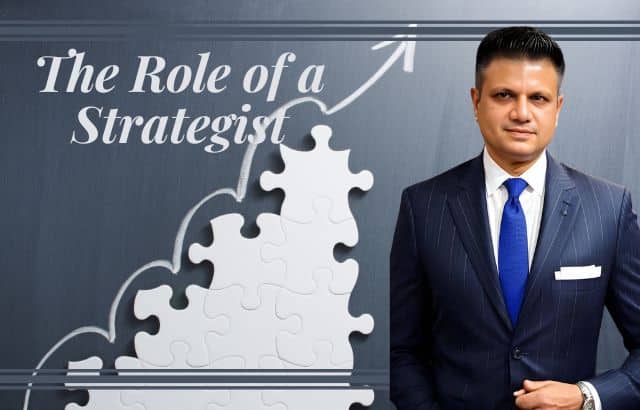
Q: How do I know if I need a business strategist?
A: If your e-commerce store struggles with low traffic, poor conversions, or inconsistent growth, a strategist can identify gaps and create a tailored plan.
Q: What’s the most cost-effective marketing strategy?
A: Email marketing often delivers the highest ROI, followed by SEO, as both leverage existing assets (your website and customer list).
Q: How long does it take to see results from these strategies?
A: SEO and content marketing may take 3–6 months, while paid ads and email campaigns can show results in weeks.
Q: Can a small business afford a business strategist?
A: Many strategists offer consulting or project-based services, and their expertise often saves money by avoiding ineffective campaigns.
Q: How do I measure a strategist’s success?
A: Track KPIs like revenue growth, CAC, ROAS, and customer retention before and after their involvement.
Conclusion

A business strategist is the linchpin of successful e-commerce marketing, turning ideas into measurable results. By implementing strategies like SEO, email marketing, and influencer partnerships, they drive traffic, conversions, and loyalty. Use the calculations and examples above to guide your efforts, and consider hiring a strategist to unlock your store’s full potential. Ready to grow? Start with one or two strategies and scale from there!

